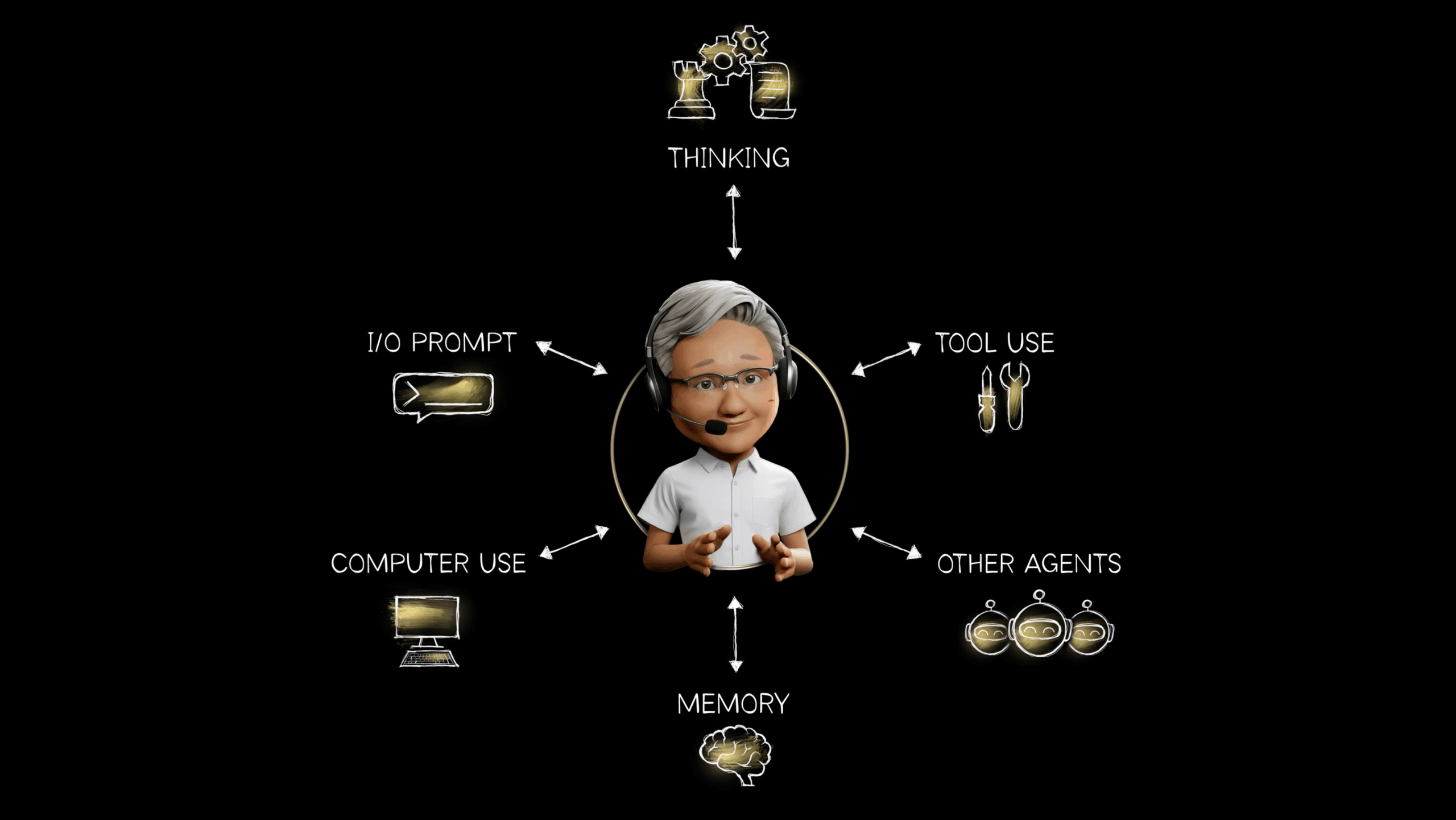Blog
Traditional RAG vs. Agentic RAG—Why AI Agents Need Dynamic Knowledge to Get Smarter

Understanding Traditional RAG and Agentic RAG
In the fast-evolving realm of artificial intelligence, knowledge management plays a pivotal role in how AI systems learn and adapt. This brings us to two distinct approaches: Traditional RAG (Retrieval-Augmented Generation) and Agentic RAG. While both methodologies seek to enhance AI capabilities, their operational mechanics and underlying philosophies differ significantly.
What is Traditional RAG?
Traditional RAG focuses on retrieving information from a specified database or knowledge base to aid in generating responses. It operates on a straightforward principle: the more data it has access to, the better its output quality. This method relies heavily on pre-existing datasets to inform its decision-making processes.
Key Features of Traditional RAG
-
Static Knowledge Base: The core of Traditional RAG is its reliance on a fixed dataset. Once the data is integrated into the system, it cannot change unless updated manually.
-
Sequential Processing: The generation of responses follows a linear pathway—information retrieval occurs before any actual generation takes place.
- Limited Adaptability: While powerful, traditional RAG systems are often incapable of evolving based on real-world interactions or new information that emerges post-deployment.
The Inception of Agentic RAG
In contrast, Agentic RAG represents a more sophisticated evolution in AI knowledge management. Rather than remaining static, this approach integrates dynamic knowledge, allowing AI agents to learn and adapt continuously from their environment.
How Agentic RAG Works
-
Dynamic Knowledge Integration: Agentic RAG incorporates new data and insights in real-time. This ensures that the AI system remains relevant and informed about current trends and scenarios.
-
Autonomous Decision Making: This approach allows AI agents to make decisions autonomously, adapting their strategies based on the new knowledge they acquire.
- Feedback Loops: Agentic RAG utilizes feedback from interactions to refine its operations continually. This self-improvement mechanism is essential for long-term effectiveness.
The Need for Dynamic Knowledge
The evolution from Traditional RAG to Agentic RAG stems from an essential requirement: the need for AI agents to possess dynamic knowledge. In a world where information changes rapidly, static data can lead to outdated responses and misguided actions.
Benefits of Dynamic Knowledge
-
Improved Accuracy: By continuously updating its knowledge base, an AI powered by Agentic RAG can deliver responses that are relevant and precise, thus enhancing user trust.
-
Enhanced Learning: The ability to learn from experiences allows AI agents to optimize their performance over time. With richer datasets and real-world insights, they become more effective in their tasks.
- Competitive Edge: Organizations leveraging adaptable AI systems can provide better services, respond to customer needs more effectively, and stay ahead of the competition.
Real-World Applications
Agentic RAG isn’t just a theoretical concept; it has practical implications across various industries. Understanding its application can help organizations realize its value.
Customer Support
AI agents in customer support can utilize Agentic RAG to provide real-time solutions. As they engage with users, they learn from each interaction, continuously refining their responses based on customer feedback and emerging trends in inquiries.
Healthcare
In the healthcare sector, dynamic knowledge can lead to better patient outcomes. AI systems can analyze new medical research and incorporate that knowledge into their systems, offering up-to-date recommendations for treatments or diagnoses.
Finance
For financial institutions, having access to real-time data can enhance risk assessment models. AI agents can adapt to market changes, providing tailored advice to clients based on the latest financial trends.
Challenges of Implementing Agentic RAG
Transitioning from Traditional RAG to Agentic RAG isn’t without its hurdles. While the benefits are significant, organizations must be prepared to address some challenges.
Complexity of Implementation
Integrating dynamic knowledge systems requires a more complex infrastructure than what is needed for traditional systems. Organizations must invest in technology capable of supporting these advancements.
Data Quality and Management
Dynamic knowledge is only as good as the quality of the data being integrated. Poor data management practices can lead to inaccuracies, which can compromise the AI’s performance.
Compliance and Ethics
As AI systems become more autonomous, managing compliance with regulations—especially in industries like healthcare and finance—becomes crucial. Organizations must ensure that their AI agents operate within legal and ethical boundaries.
Future of AI with Agentic RAG
The shift towards Agentic RAG signals a bright future for AI systems, where adaptability and continuous learning will become standard characteristics.
Greater Collaboration
As AI systems gain the ability to learn dynamically, collaboration between human workers and AI agents will improve. AI can assist professionals in decision-making processes, providing data-driven insights in real time.
Evolution of Industries
Different industries will evolve as they integrate smarter AI systems. The ability to quickly adapt to changes will redefine competitiveness, creating a landscape where agility is paramount.
Conclusion
The transition from Traditional RAG to Agentic RAG underscores the necessity of dynamic knowledge in modern AI. By embracing this approach, organizations can unlock the full potential of their AI systems, yielding improved accuracy, better learning capabilities, and a significant competitive advantage. As we move forward, the importance of agile, data-driven decision-making will continue to rise, reinforcing the case for more sophisticated AI methodologies.
